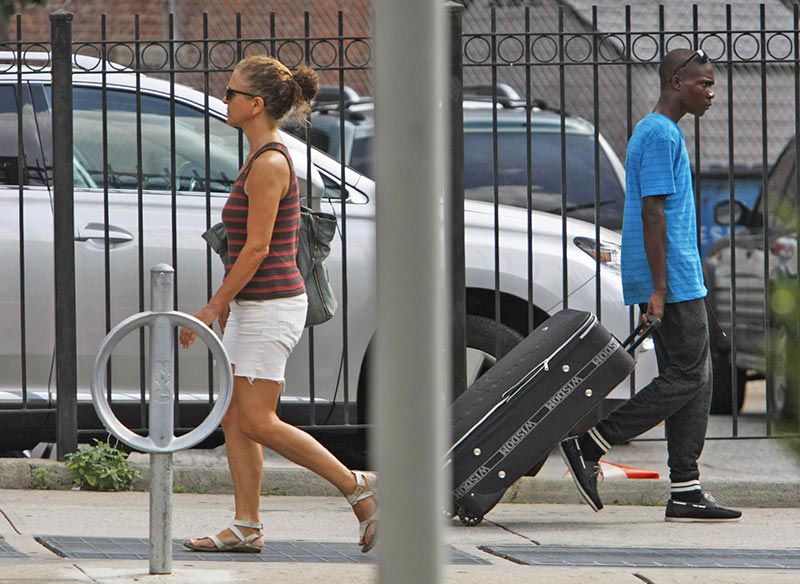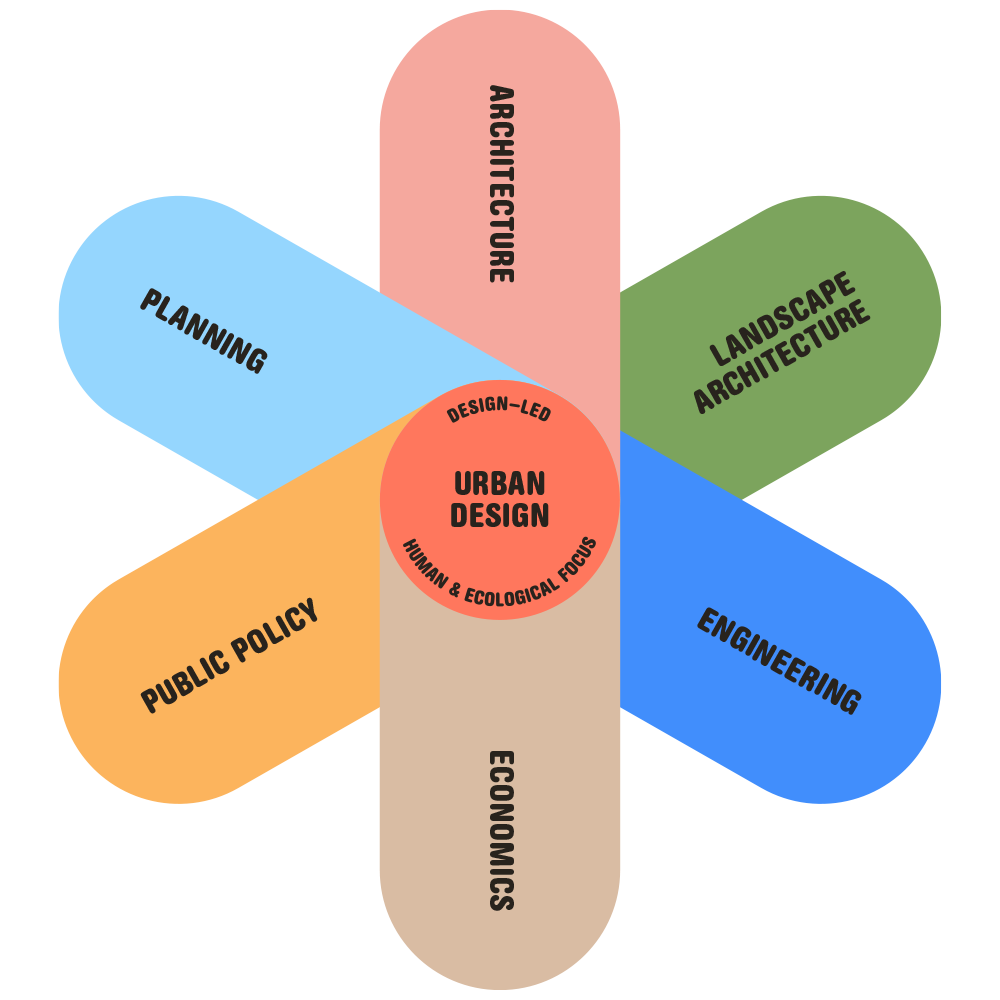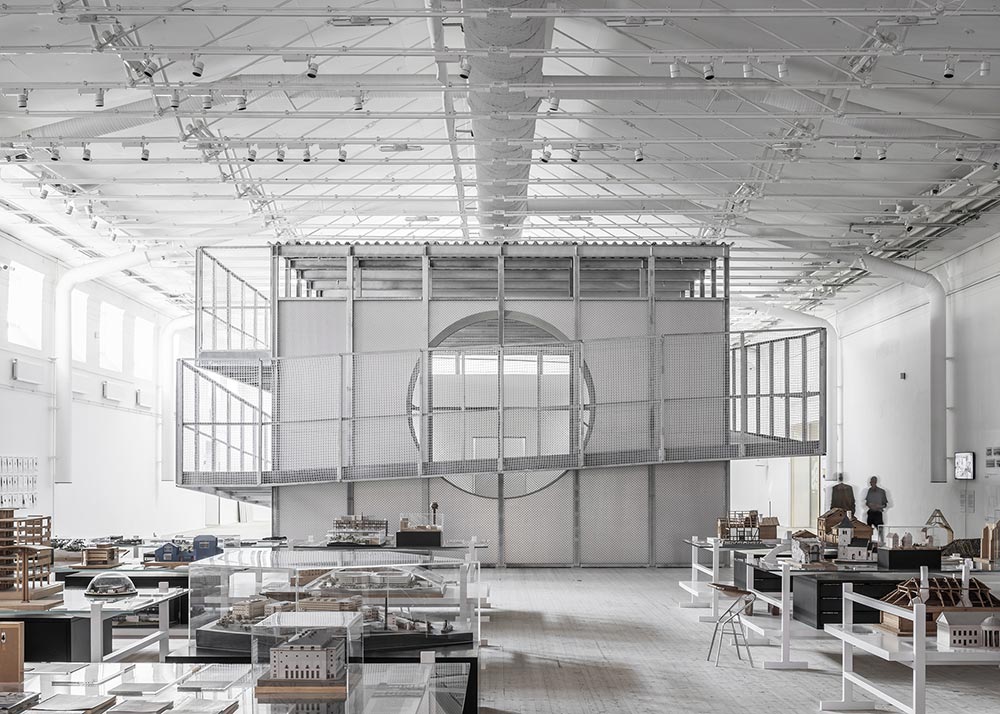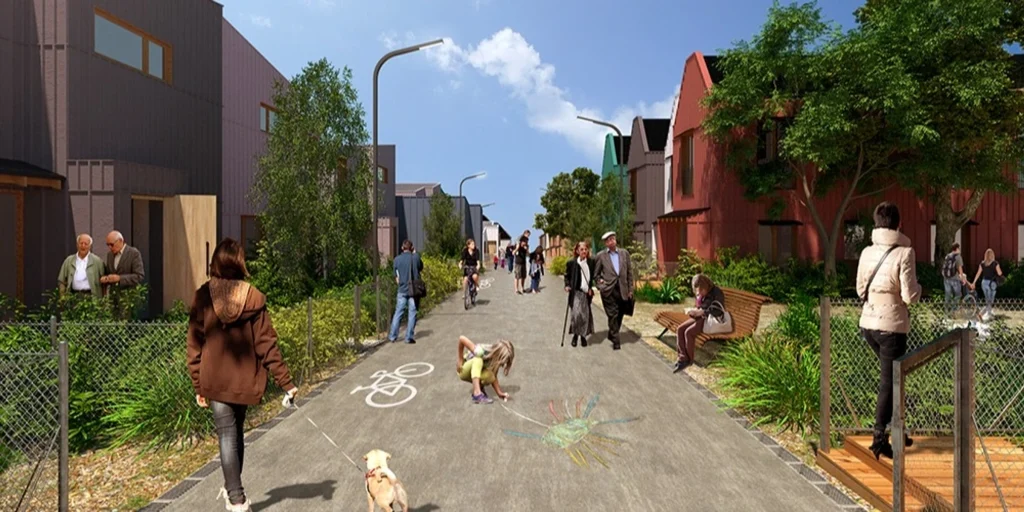
There Goes the Neighbourhood – WNYC
A podcast on how and why gentrification happens, following stories of everyday people, speculators and policy makers at the front line of the real estate boom in New York, Los Angeles and Miami.
What is Urban Design?
Urban design is a collaborative process to help shape and design the future form and performance of our cities. Cities are complex, made up of physical elements such as infrastructure, landscape and buildings, but also more intangible elements such as culture, governance and the experiences of those who live there. Urban design coordinates these elements to make cities and neighbourhoods where people want to live, creating places that respond to their context.

Urban design is visionary
Negotiating complex issues and interests, seeking to address current and future problems within our built environments. Through urban design, we pursue an equitable urban environment with a human and ecological focus.
Urban design is a process
Exploring how to improve and protect our urban environments. Often operating at a strategic scale, urban design navigates the intersection of social, economic and environmental factors over a long period of time.
Urban design is an integrated discipline
Bringing together people from diverse fields to collaboratively explore complex relationships in our cities. Urban designers focus on the public realm – all elements of built and unbuilt space – and intentionally shape our urban environments.
The demand for highly skilled urban designers has never been greater. Australia is facing a shortfall of qualified urban designers, owing to lack of understanding of professional opportunities, limited exposure alongside with challenges with accreditation.
Attracting Talent
Urban design is a rewarding, but less known discipline. We map out the career pathways for the next generation of urban designers and provide a platform for increasing the profile of urban design education and the profession.
Education Reform
Urban design demands far more than technical design skills. Operating at the interface of built environment disciplines, urban designers solve complex urban issues. We are working with a number of Australian universities to continue to elevate the standard of urban design education.
Continued Learning
Urban design is a life-long pursuit of continued learning. We offer master classes for built environment professionals including cross-disciplinary workshops, seminars and study tours. For current information, follow us on social media and subscribe to our mailing list.
We support a collegiate profession that promotes the rapid exchange of ideas, and nurtures a new generation of designers. We believe in collaboration – not competition.
Building Community
Our member networks support connection and professional growth. This includes frequent guest speakers and round table workshops, as well as a curated communication platform to share knowledge and career opportunities.
Mentor Forum
Our mentorship program for students and professionals supports the next generation of urban designers to thrive. We partner mentees with experienced professionals to offer mentorship, coaching and career advice. Click here to read more about the Mentor Forum.

We draw upon our individual members and supporters for their expertise and knowledge, collegiality and commitment to creating a better urban future for all.
Business as usual is no longer a choice. Alone our effectiveness is limited, but collectively we can advocate for the change our world needs. We need public policy that puts people and the environment first. We need development processes that provide ‘more good’, not ‘less bad’. We need education programs that attract the best talent and cultivate the next generation of public interest urbanists.
We enable this change, through empowering a more strategic and effective design industry. Our cities’ future is bright, but we need to work together to get there.
An engaging panel discussion and presentations exploring the future of suburban development. As our communities evolve, retrofitting our suburbs has become a crucial focus for sustainable living, environmental stewardship, and enhanced quality of life.
81% of Melbourne’s land is residential, of which the majority could be categorised as suburban. With so much focus in planning reform and housing supply targets, Melbourne’s suburbs are expected to transform significantly over the coming decades. Will this change be for the better or worse? Where can we learn from positive examples of suburban retrofit and transformation, small and large, strategic and opportunistic that inspire a vision for a climate resilient, community-centric suburban Melbourne?
This event featured three insightful presentations from leaders in the field:
Lisa Garner – Co-Founder of Lian Architects Pty. Ltd., a Melbourne-based architecture practice dedicated to responding to Australia’s necessary urban transitions, particularly in housing. Lisa will discuss her notable project, Greening the Greyfields, a pioneering government-led initiative aimed at master planning the transformation of suburban areas.
Jac Semmler – A multi-disciplinary horticulturist and the creative force behind The Super Bloom, Jac brings dynamic living beauty and diversity to gardens and landscapes. She will share insights from her work, including the Greening the West strategy and projects in the Melbourne Arts Precinct, focusing on innovative planting design and high-skill horticulture.
Tim Ström – An editor at Arena Publications and postdoctoral fellow at Western Sydney University, Tim is also the author of the forthcoming book Cybernetic Capitalism (Verso). Living in Hood Central, he passionately engages in urban gardening, DIY building and retrofitting, community organising, and cooperative childcare—all inspired by his six-year-old daughter.
This panel provided diverse perspectives on retrofitting our suburbs, highlighting the intersection of architecture, horticulture, and community involvement.